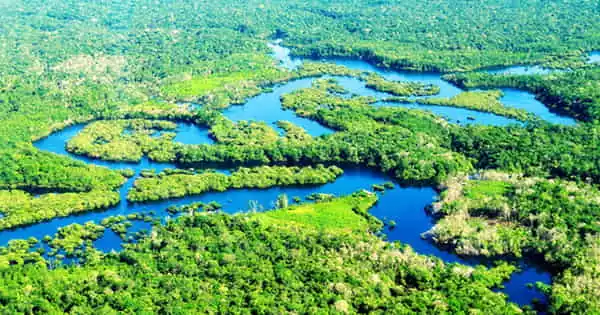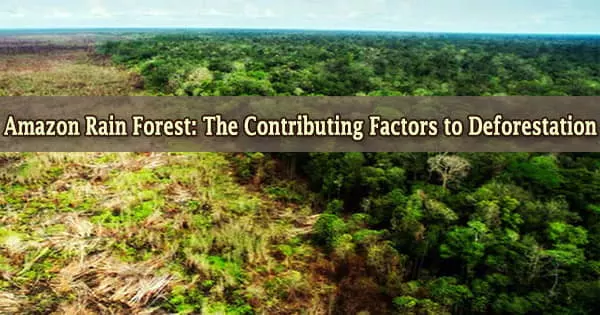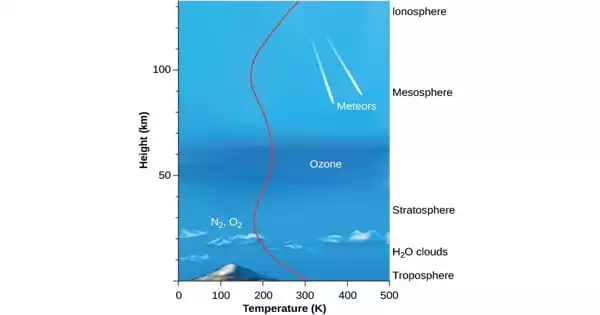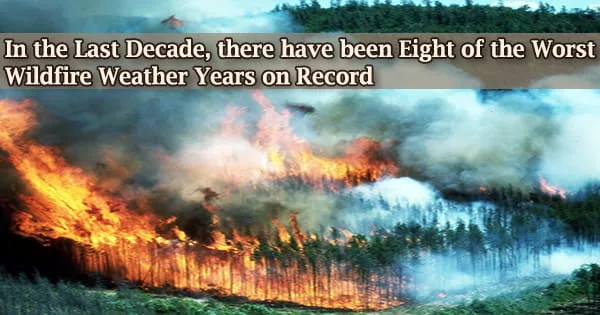According to Live Science, forests cover over 30% of the Earth’s surface, yet this number is rapidly decreasing. Approximately half of the world’s tropical forests have already been removed, with South America’s Amazon rain forest being one of the most severely affected.
The Amazon Rainforest is a huge tropical rainforest in northern South America that covers an area of 2,300,000 square miles (6,000,000 square km) and is drained by the Amazon River and its tributaries. The Guiana Highlands to the north, the Andes Mountains to the west, the Brazilian central plateau to the south, and the Atlantic Ocean to the east define this region, which covers around 40% of Brazil’s total land area.
Economic Development
Economic development, according to Live Science, is the major driver of deforestation in the Amazon rain forest. Brazil’s economy is rising faster than the rest of the globe, and the rainforest’s natural riches are helping to fuel that expansion.
One of the main causes is urbanization. For example, developers remove vast tracts of forest to make space for new cities.
The “New York Times” reports that ten Amazonian cities in Brazil have doubled in size in the last decade. Greater people necessitate more space, which necessitates the destruction of forests.

Climate Change
The Amazon Rainforest is the world’s richest and most diverse biological storehouse, with millions of insects, plants, birds, and other species, many of which are yet unknown to science.
Deforestation in the Amazon is also exacerbated by climate change. Global warming is both a cause and an effect of deforestation, according to the Federation of American Scientists. Rain forest ecosystems struggle to adapt as temperatures rise and rainfall patterns shift.
Rainfall has decreased in some locations, causing a phenomenon known as “desertification,” in which forest land gradually transforms into grassland.
Because forests work to remove carbon from the atmosphere, this process creates a feedback loop. Forest land losses result in more carbon in the atmosphere, which leads to more forest land reductions.
Agricultural Expansion
Agriculture is another major driver of deforestation in the Amazon rain forest. Farmers in Brazil and other Latin American countries have sought to expand their businesses by intruding on rain forests within their borders.
Brazilian soybean and sugarcane growers, according to the “International Business Times,” cleared an area of forest the size of Delaware in 2013. Cattle farmers are likewise motivated to convert rain forest to grassland in order to expand their herds. According to scientists, the pace of deforestation increased by 28% in 2013, owing to increased agricultural demand.
The Timber Industry
The need for timber is also a major factor in Amazon deforestation. The Amazon is the world’s top supply of lumber, according to Stanford University’s Tate Blahnik. Despite the fact that Brazil has passed legislation to regulate the wood sector, enforcement is difficult in isolated areas.
Illegal logging, according to Blahnik, is a huge issue, owing to the high value of rare timbers like mahogany. He believes that deforestation could be decreased if wood businesses used more environmentally friendly tactics like selective logging rather than clearcutting.
















